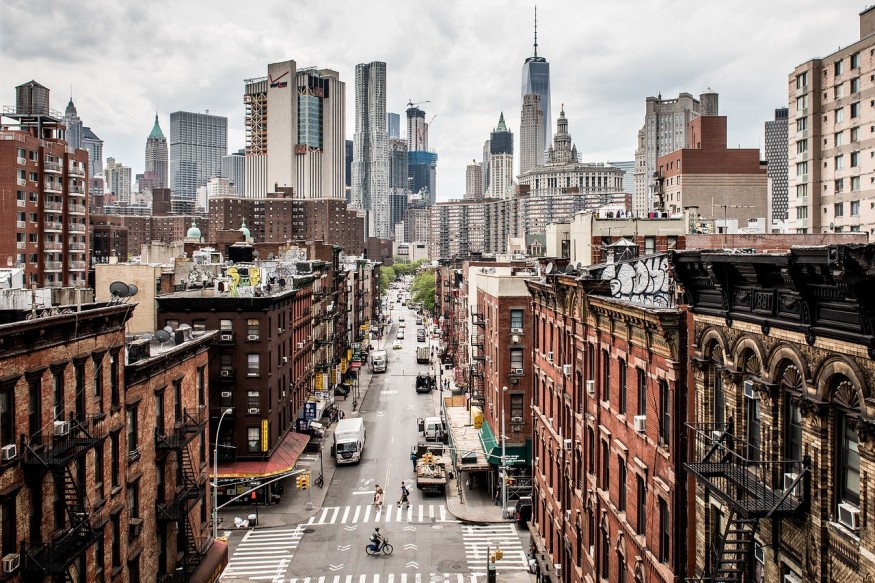
A new study has discovered that by 2100, nearly 50% of almost 30,000 US cities may see a population decline of some sort.
Widespread Implications
By then, roughly 12% to 23% of the population will be lost. The analysis also shows that these future cities may resemble sprawling, thinning, or sprawling communities compared to complete ghost towns. This may occur as populations alter between and within cities.
This could be the case unless town planners and local governments are able to respond and adapt to their residents' changing needs.
The researchers warn that the implications of this grave population decline will lead to unprecedented difficulties. It could even affect basic services, including clean water, transit, electricity, and even internet access. Across certain neighborhoods, population decline may also lead to groceries shutting down, resulting in food deserts. When infrastructure is neglected, communities may also be left with no clean water.
These possible effects of declining towns go beyond what civil engineering graduate student Uttara Sutradhar from the University of Illinois and two other colleagues, Sybil Derrible and Lauryn Spearing, initially wanted to study. Their initial focus was on the transportation issues that cities across Illinois may face as population changes happen as time passes.
Population Decline in Thousands of US Cities By 2100
Their findings were documented in the "Depopulation and associated challenges for US cities by 2100" study.
With their interesting results, the team decided to branch out their analysis to cover all 50 states across the US. Their projections were then based on the population trends taken from US census data from three different periods of time across two decades, as well as two datasets covering five potential scenarios related to climate.
Moreover, their view did not stop at the largest cities of America. They defined cities the way the US Census Bureau does. Sutradhar explains that the majority of studies simply focused on big cities, which does not give estimates of the problem scale.
At present, 43% of these US cities are losing their residents. According to the analysis, this figure could go up as the century continues. While it may depend on the modeled climate scenario, up to 64% of cities could see declines by the end of the century.
The highest depopulation could be observed across the Midwest and Northeast regions. Both Utah and Texas will also see their cities go through population decline by the end of the century, even though they are currently growing.
However, population trend estimates that glimpse decades into the future remain uncertain. The analysis also does not examine the social and economic factors that could affect the trends. It also does not look into migration within the US.
Taking those complexities aside, the researchers conclude that what is clear is that a crucial cultural shift in engineering and planning communities is necessary. This must be done away from typical growth-based planning in order to adapt to the dramatic shift in demographics.
Check out more news and information on Environment & Climate in Science Times.
© 2026 ScienceTimes.com All rights reserved. Do not reproduce without permission. The window to the world of Science Times.











